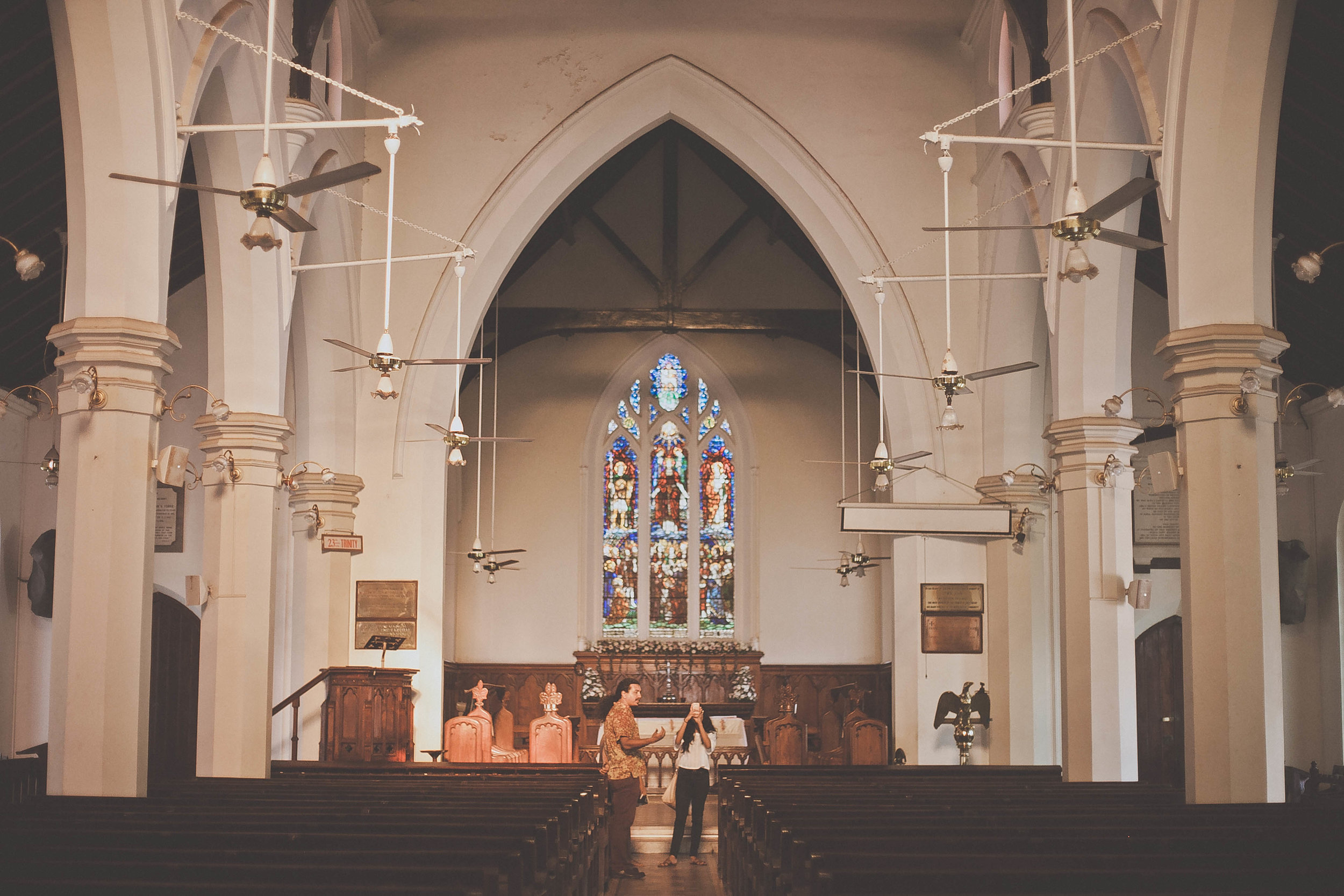
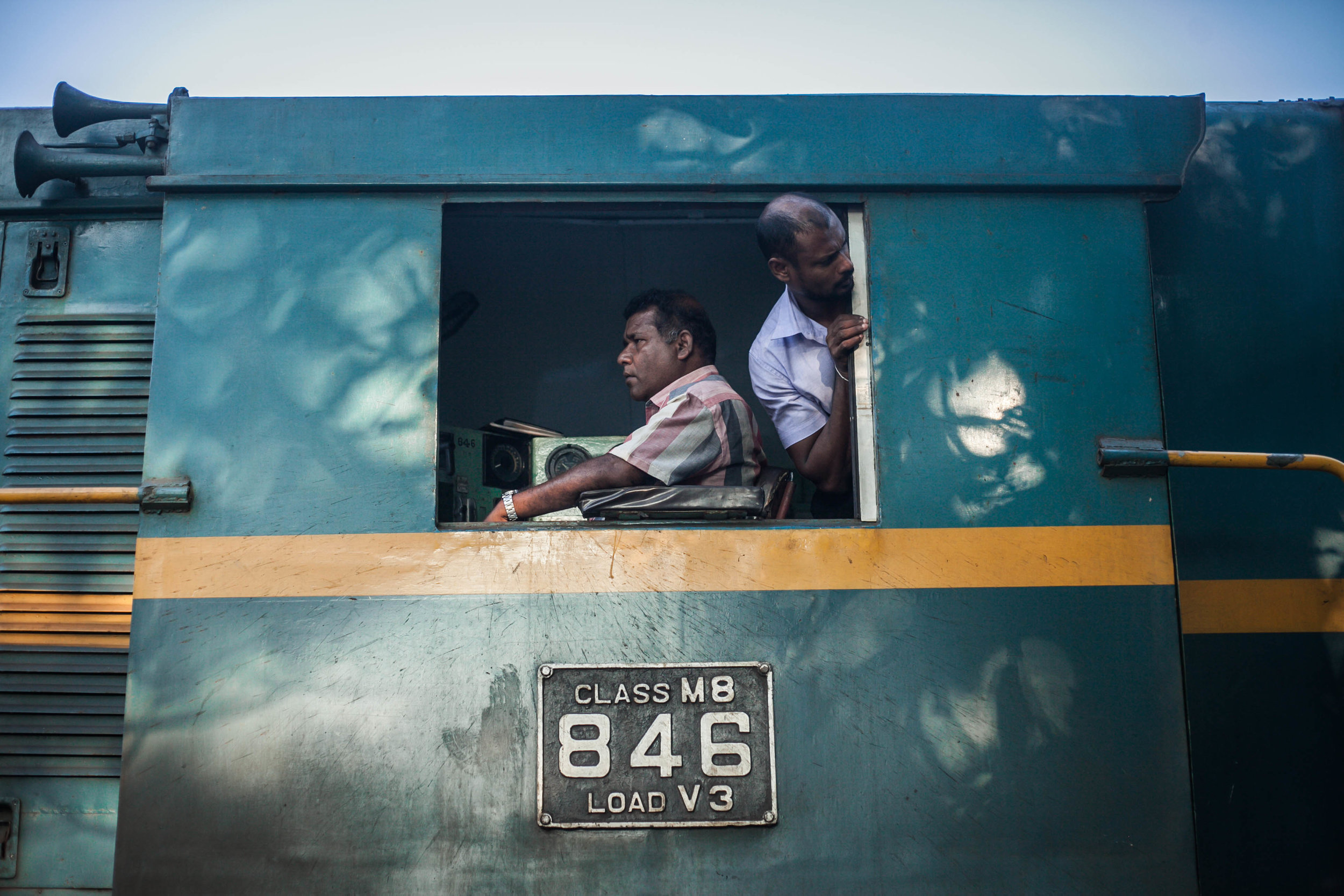

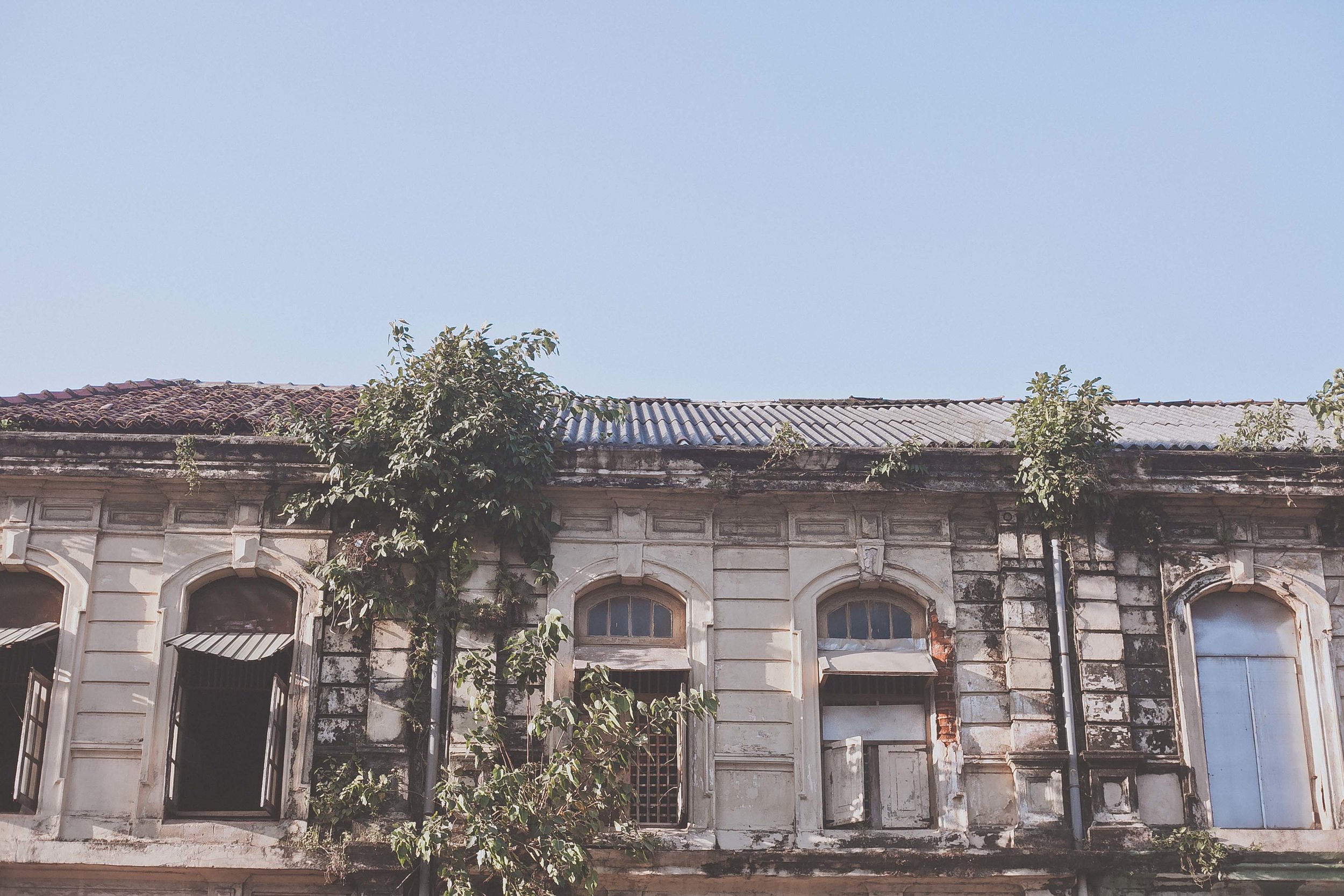
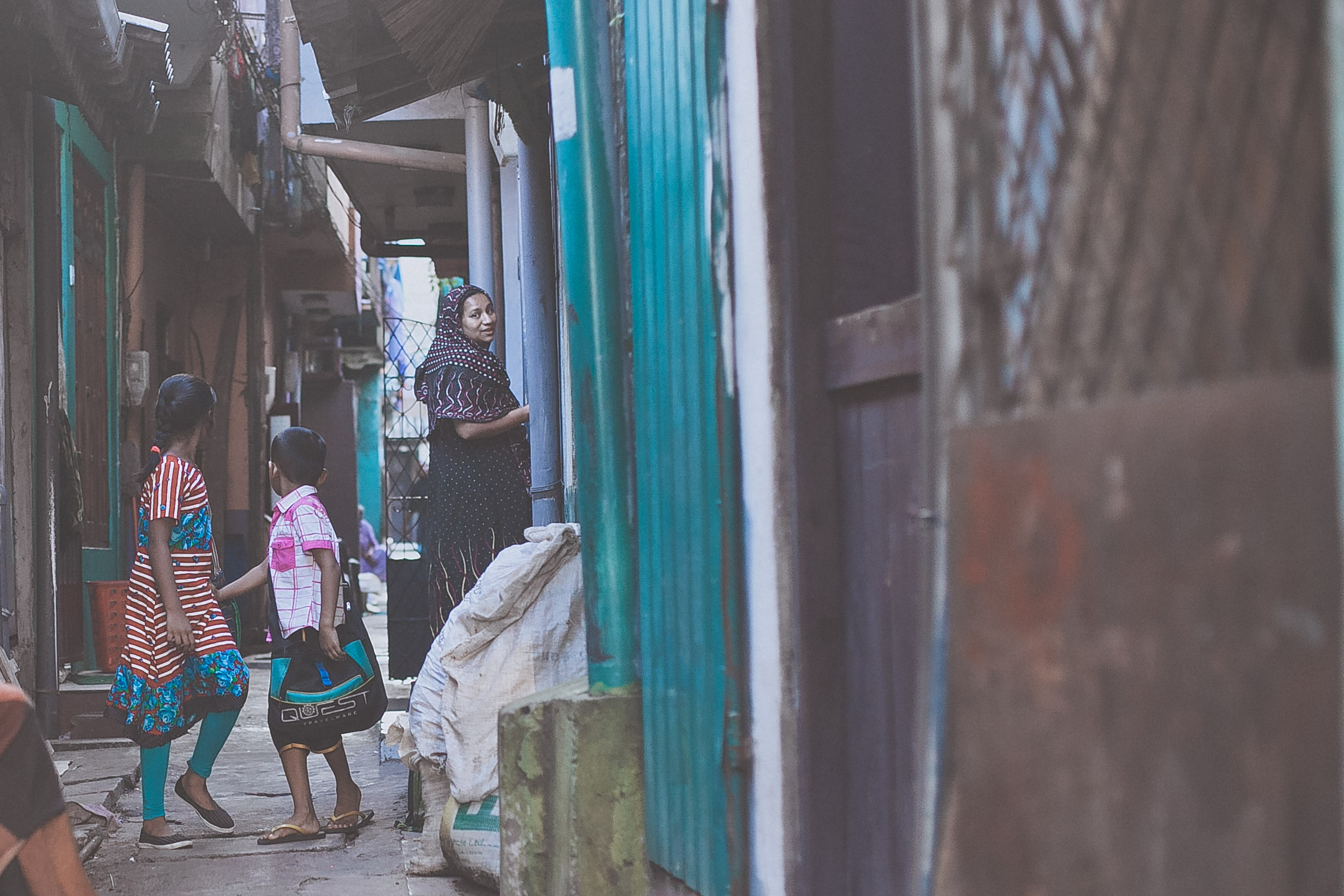

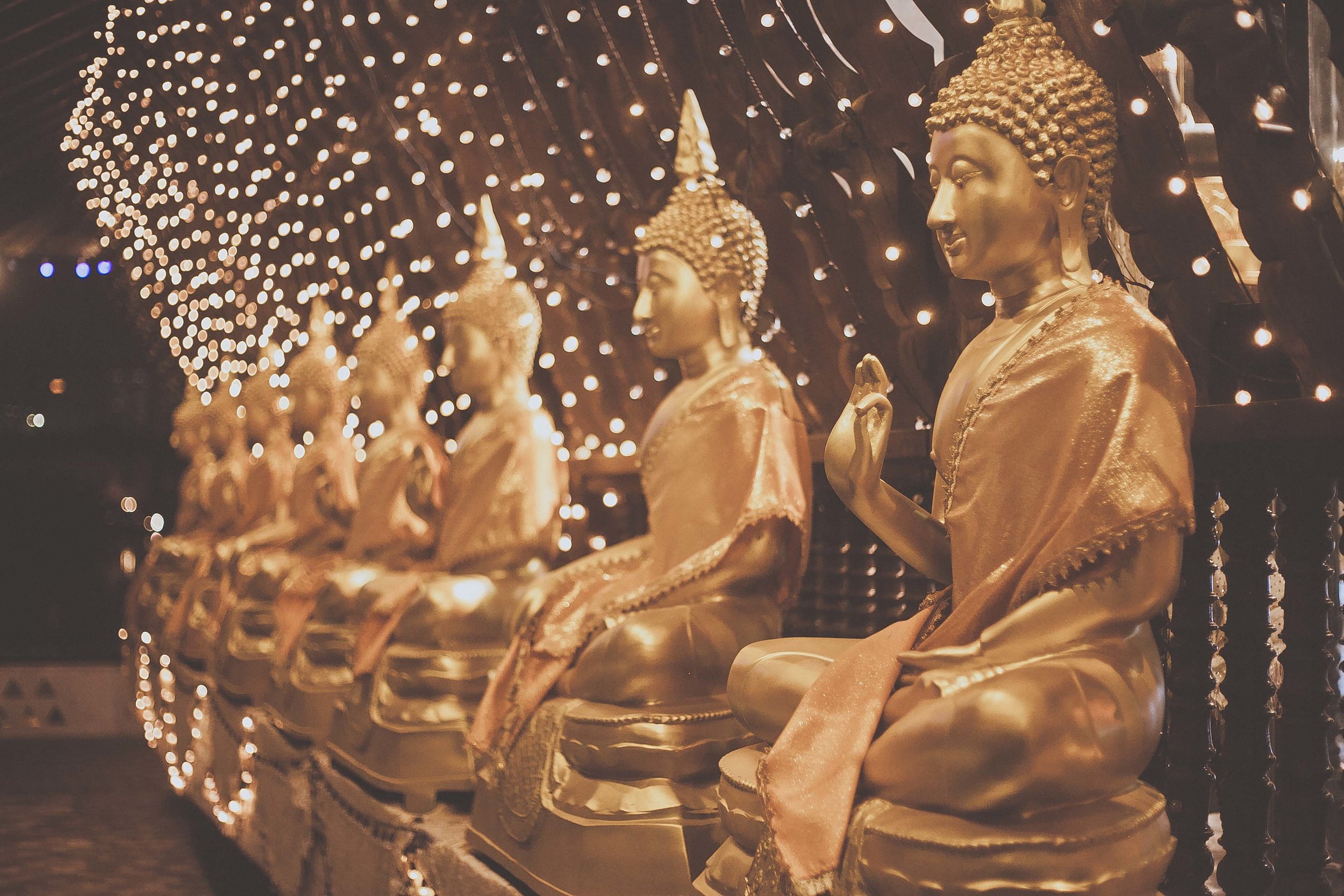
This experience fluidly combines some of the most interesting, yet unknown, sides of Colombo. The capital city is a densely packed metropolis with influences, both, local and colonial. The walk focuses on the economic, colonial, cultural and religious history of Colombo, with a particular emphasis on the famed area of Slave Island.
This alternate, walk-centered experience commences at the Inn On The Green, a pub reminiscent of what one might come across in the UK. The food and drink is stellar and the ambience is influenced by the aspirations of modern-day Sri Lankans. It is built into one side of the Galle Face Hotel, a historic structure set into motion by the British in the mid-nineteenth century.
On the other side sits the Galle Face Green, a lush, seafront promenade and urban park frequented by locals. The space was, originally, planned and built by the Dutch in an effort to ward off potential advances toward land by their colonial predecessors, the Portuguese. The British, later, converted it into a promenade, closely resembling its current form. Today, the neatly-curated sprawling, green lawn is enjoyed by people from all walks of life. Children — lured by the toys, kites and knick-knacks being peddled along the green — make full use of this large, open expanse. The street food available here is vibrant and it offers a cross section of some of the local favourites.
A pedestrian crossing close to Inn On The Green leads us to the Galle Face Court — the country’s second oldest apartment complex. Built by Maccan Marikkar, an influential business person from the Sri Lankan Muslim community, today it houses apartments, retail space and offices. The area is jam-packed with a mix of institutions and establishments that are in direct contrast to each other: the Christ Church built by Irish missionaries in 1853, a restaurant serving authentic German fare, a 120-year-old Masonic Temple, a high-end florist, and the Ramada Hotel.
A network of intricate ferry lanes and canals criss-crossed this area not too long ago. Tributaries of the Beira Lake snaked across Slave Island, and the ferry was the main mode of transport, at one point, for the influx of goods and people to this commercial hub. The Slave Island Railway Station, too, was an important part of the country’s economy as all the tea from the inland areas was, first, transported here prior to export. It still functions normally but, today, it is restricted to the passage of commuters to and from Colombo. Slave Island was, once, the economic center of all-Colombo.
A modern business quarter has emerged in and around this area in more recent times. The country’s premiere hotels are all located within a 1 km radius. Economic prosperity and modernization are, certainly, evident. Its past is controversial and ugly, however, as it involved the purchase and sale of slaves (in addition to the trade of tea and spices). The Dutch held slaves, brought to Sri Lanka from parts of East Africa under Portuguese rule, and they were housed in a piece of land abutting what is, today, the Beira Lake.
As you navigate through the old ferry lanes, you will inch closer and closer to the very heart of Slave Island. For centuries, people from Sri Lanka’s many, different ethnic communities have thrived here in close proximity to each other. Many homes share common walls, and the racial tension, increasingly, evident in other parts of the country seems to have bypassed this section of town altogether. Places of worship are seen erected side-by-side, and religion, faith, and cultural practices are glaringly syncretic, here, due to the intermingling of people over several centuries.
All these elements are brought into view within the course of a riveting, two hour-long walk. The richness of this experience is, further, embellished by the host’s background. Of Dutch Burgher and Sinhalese origin, his family once occupied a part of Slave Island. Numerous are the tales he recounts during the Slave Island Walk, which were once narrated to him by his mother and grandparents. This highly personal perspective affords him the ideal lens to bring to light the numerous sides that Slave Island has to offer. His motivation to curate and host this experience stems, not only, from his geekish love of history but, also, from his keen interest in cultural preservation through sustainable means.

